Are you ready for riding in the mountains? 10 tips for summiting success
Here's how to handle the ups and the downs in the real mountains
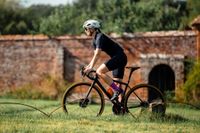
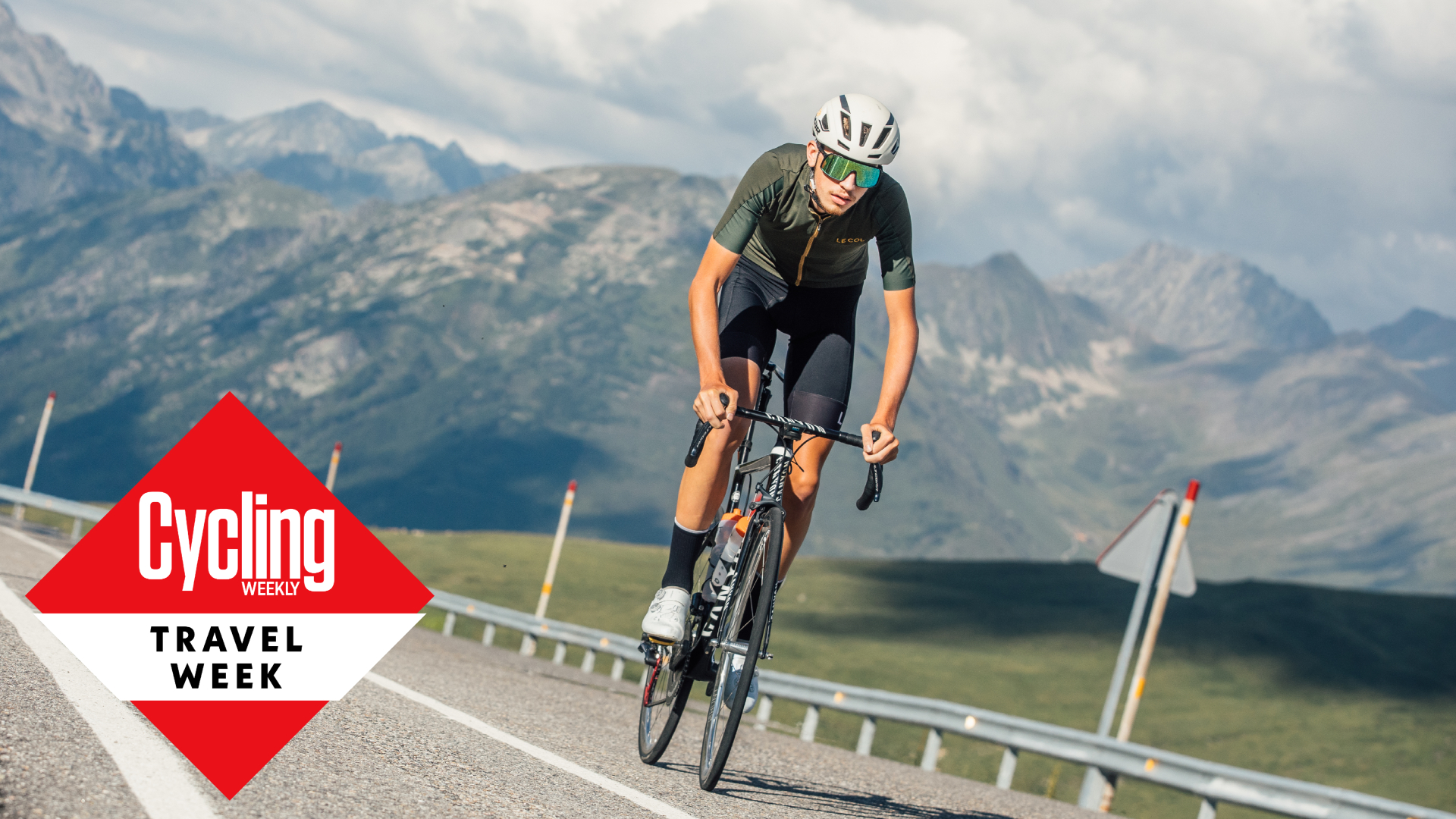
The months from February through to April are ideal for heading off on a cycling holiday. For many that means heading to the mountains, maybe in the Canary Islands, Mallorca or around Girona or the Costa Blanca, where the weather should be warmer, the roads smoother and emptier and there's the opportunity to up their fitness with some longer climbs than found in the UK.
Back-to-back mountain days can be tiring though, so it's worth being prepared and knowing how to tackle a proper mountain climb that may last for 20 or 30 kilometres, what to expect and how to get back down again safely.
1. Prepare in advance
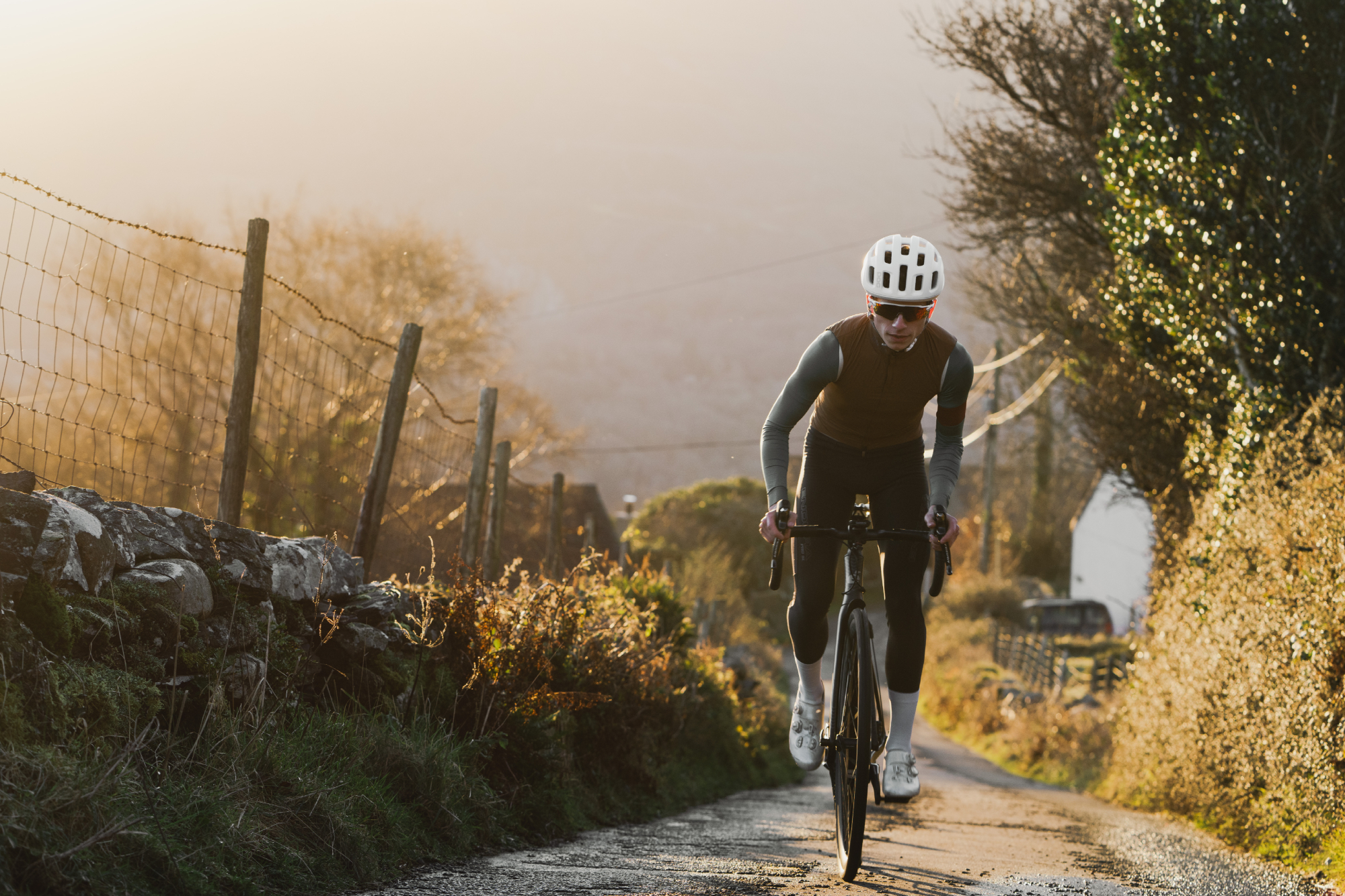
Get some relevant training in at home if possible.
A long climb is all about measuring your effort so that you don't blow up mid-way. Understanding your FTP (functional threshold power, the power you can hold for an hour) is vital and, even if you don't have a power meter, knowing the effort you can sustain and taking steps to improve it will stand you in good stead in the real mountains.
Sessions such as the infamous 2x20, where you complete two 20 minute efforts at around FTP, separated by a five to 10 minute break are a great place to start, or split it up into four 10 minute efforts to get started. If you can find a long enough hill, doing these on a gradient outside will make them even more relevant.
To prepare for steep sections, try short, sharp hill reps - these will act as a more anaerobic effort and help fire up the muscles you'll need to get over any steep ramps.
These sessions will take it out of you a bit, so make sure they're interspersed with easy recovery rides or rest days and give yourself a taper before you head off on your holiday.
2. Don't exhaust yourself before the climbing starts
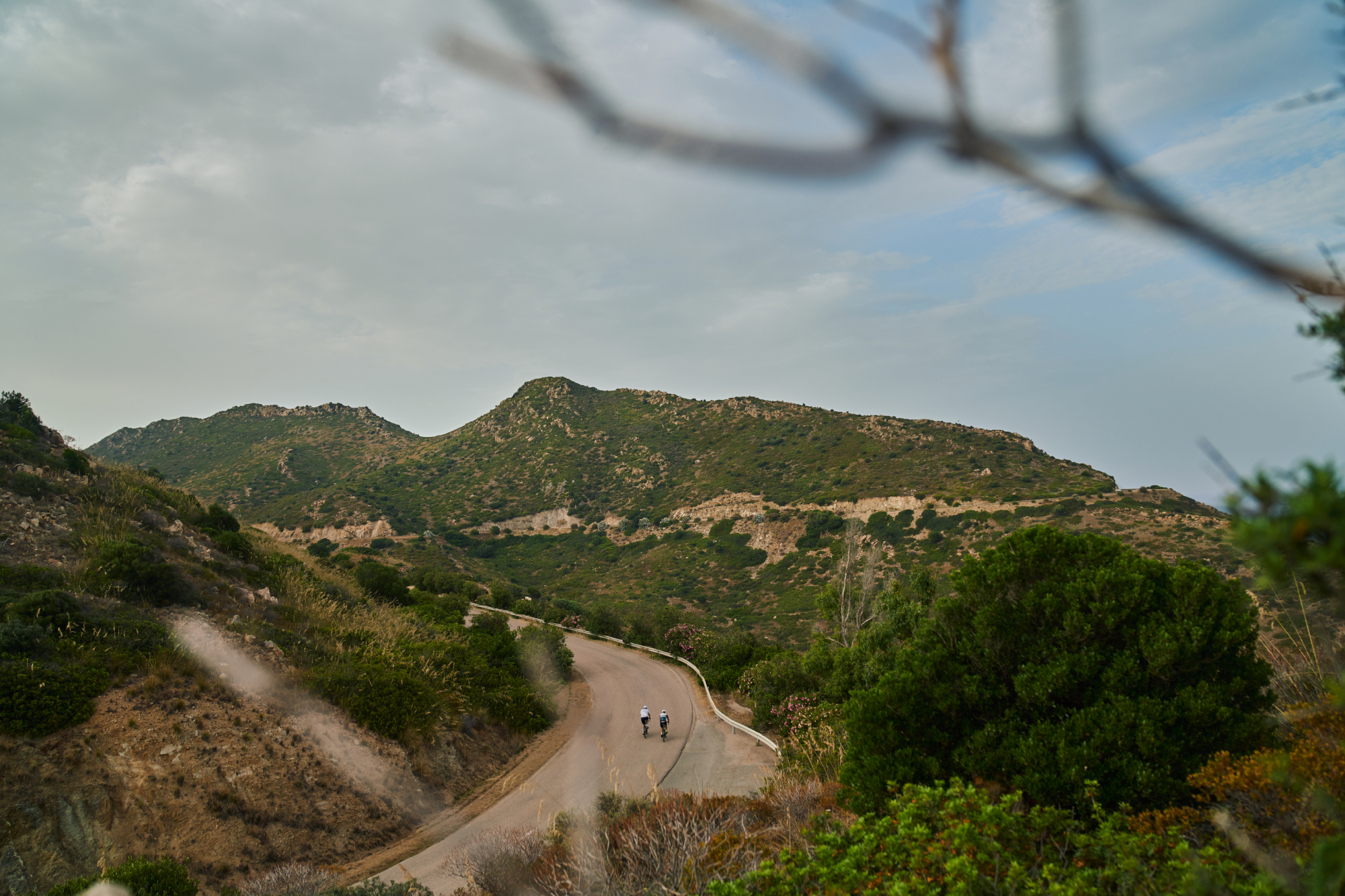
A big part of pacing your effort occurs before the climbing even starts. Sometimes riders who know they're weaker on the climbs like to motor along the flat on the way out. But the result is usually that the climbing experts arrive at the bottom of the ascent fresh as a daisy, and those who are less adept are already tired.
The latest race content, interviews, features, reviews and expert buying guides, direct to your inbox!
If you're not a climber, don't feel afraid to sit on a wheel and save your legs, unless you've actually made some sort of team pact to play on each others' strengths.
3. Know your limits
If you're preparing for a busy race season, it's healthy to enter into a bit of competition with your mates.
However, pick your battles sensibly. There's no point going into the red to hold on to a wheel for 10 minutes, if it's going to leave you grovelling for a further 50 once the elastic snaps.
Ideally, you'll know about how long the climb is and about what heart rate or power you can sustain for that duration. If you're happy to suffer, go for it and ride above and below that throughout to see who weakens first, but if you want to secure the best time you personally can, hold it steady.
Don't be afraid to be dropped. You may find that once the speed merchants tire you'll come back to them and pass them - it's a strategy used by many racers. Geraint Thomas and Chris Froome are proponents and you can't argue that it hasn't worked for them.
4. Stay positive
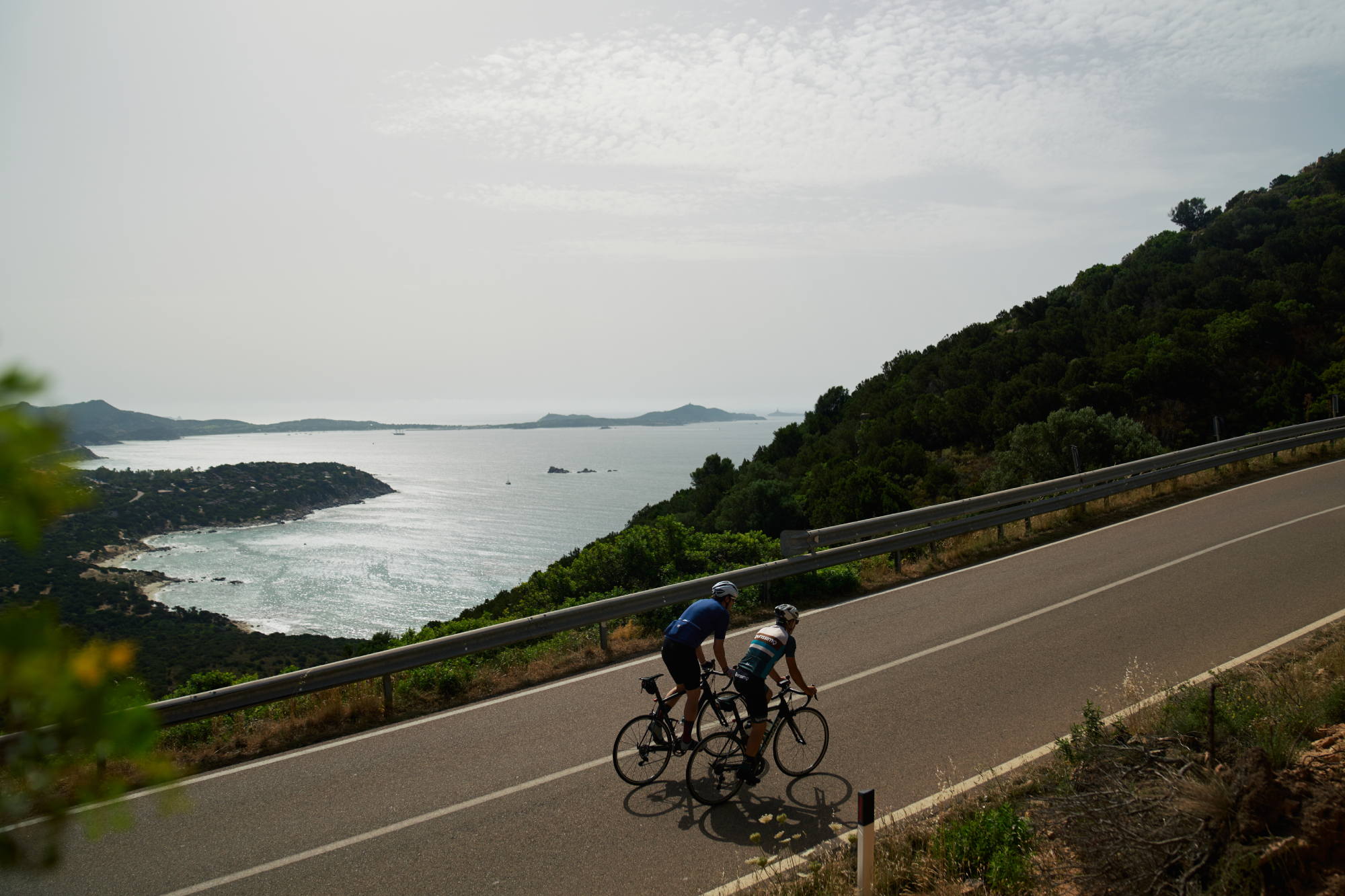
Enjoy the ride, however tough it may be.
Climbing well is just as much a mental battle as it is a physical one.
If you're smashing it up with friends, remember they're hurting as much as you (probably). If it's a solo battle, keep breathing deeply and hold on to that steady rhythm, try and relax your upper body whilst keeping your power and heart rate within the sustainable zone.
If you simply want to reach the top, then you really just need to keep your mind in a positive place - keep spinning and take some time to look around you, it's likely you're surrounded by views you won't get to enjoy at home.
5. Vary your position
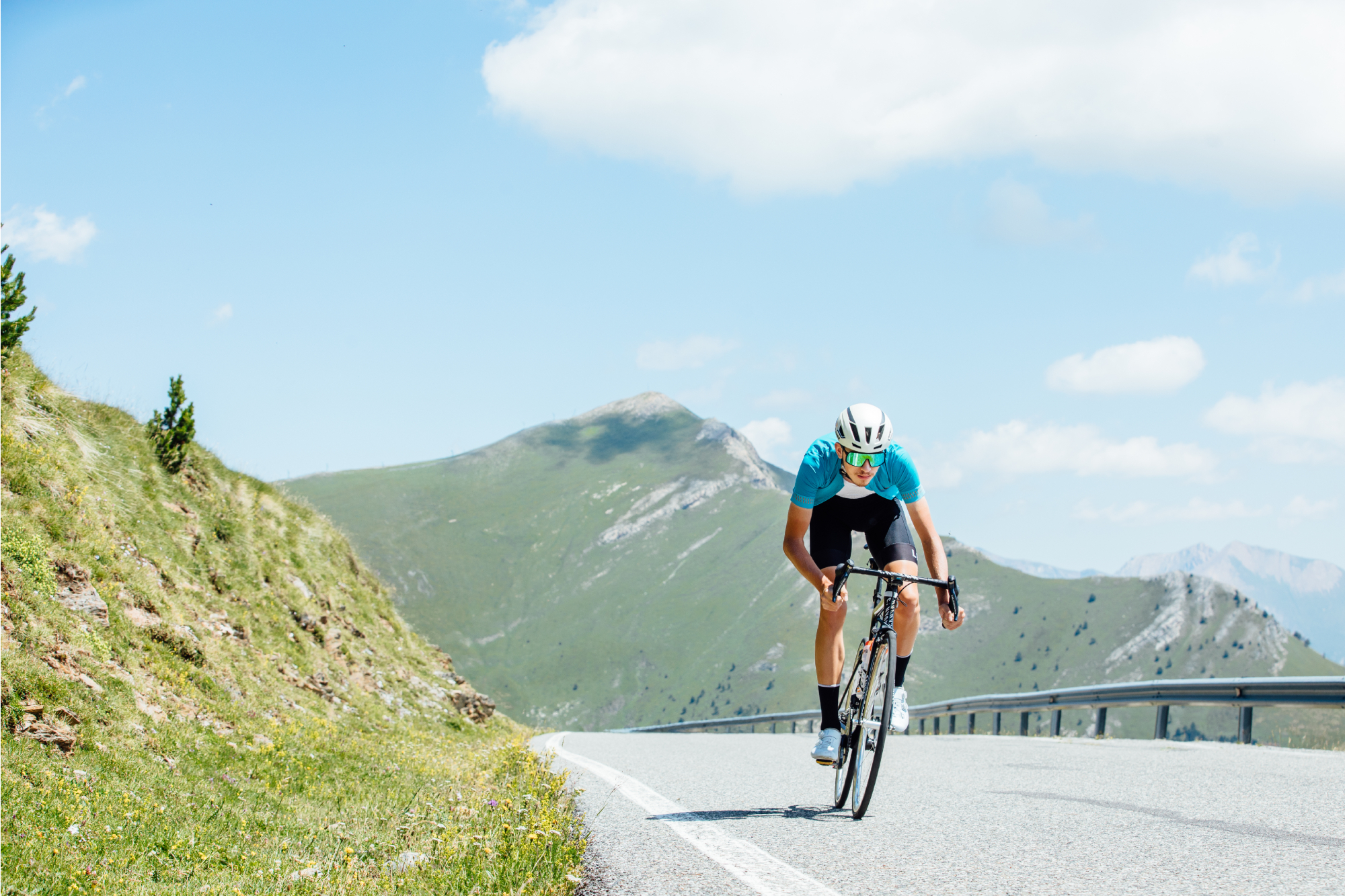
Whether you're more comfortable in or out the saddle often comes down to body composition.
Regardless of your chosen style, aim to get out the saddle every few minutes, even just for a few pedal strokes to stretch your back and hamstrings out and work a different muscle set.
6. Take advantage of any flatter sections
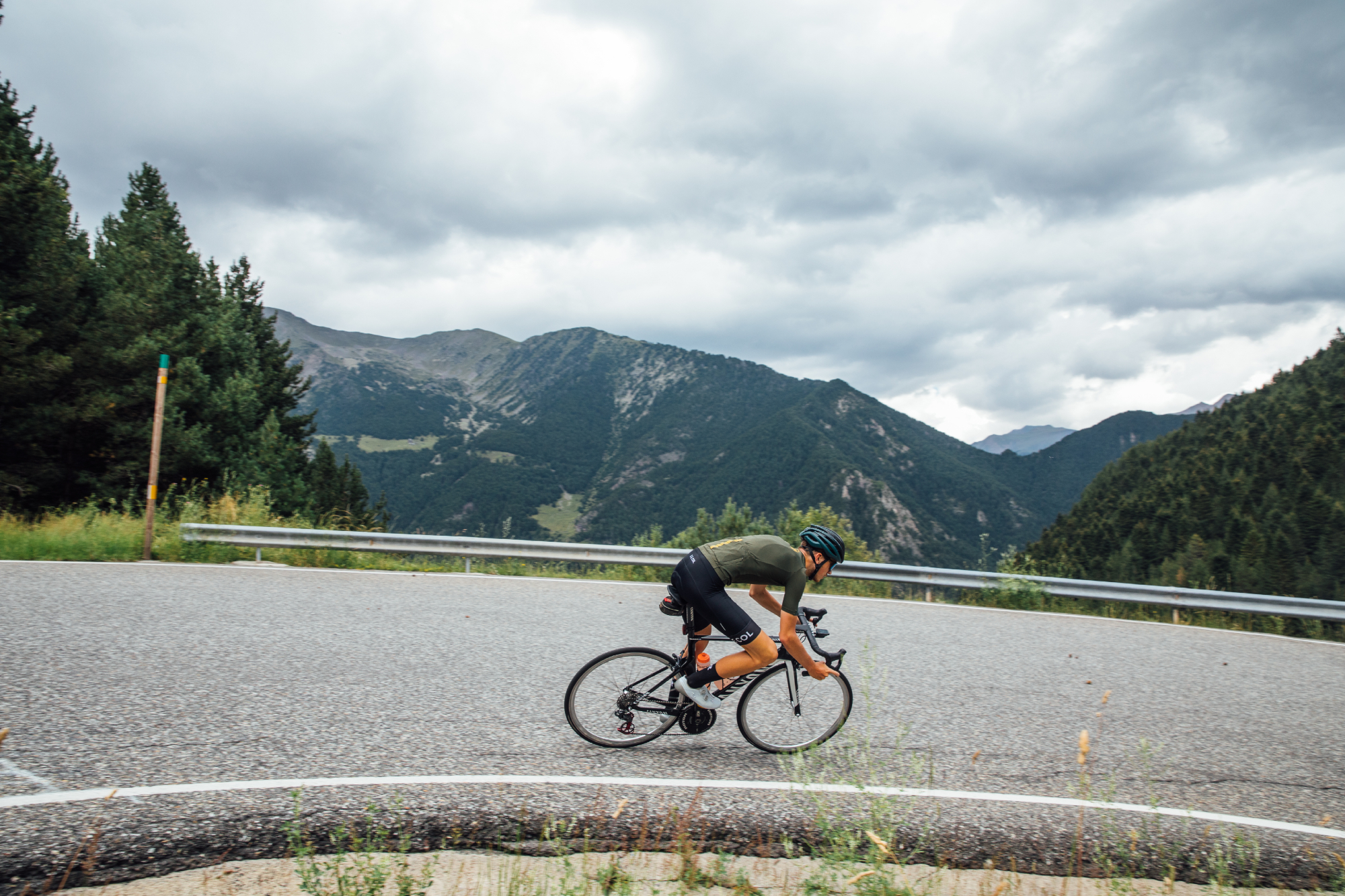
Even a short descent will help you recuperate.
Usually, somewhere along the way there will be a few metres of mirage-worthy descent. Use this to your advantage. If you're feeling good and want to make up time on your friends (or the Strava leaderboard), feel free to push on. If you're tired, ease up and keep your legs spinning a low gear to clear out the fatigue.
Resist the urge to stop pedalling altogether, as this will lock your legs up and make turning the corner into the unavoidable ramp feel a lot worse.
7. Keep your nutrition and hydration levels up
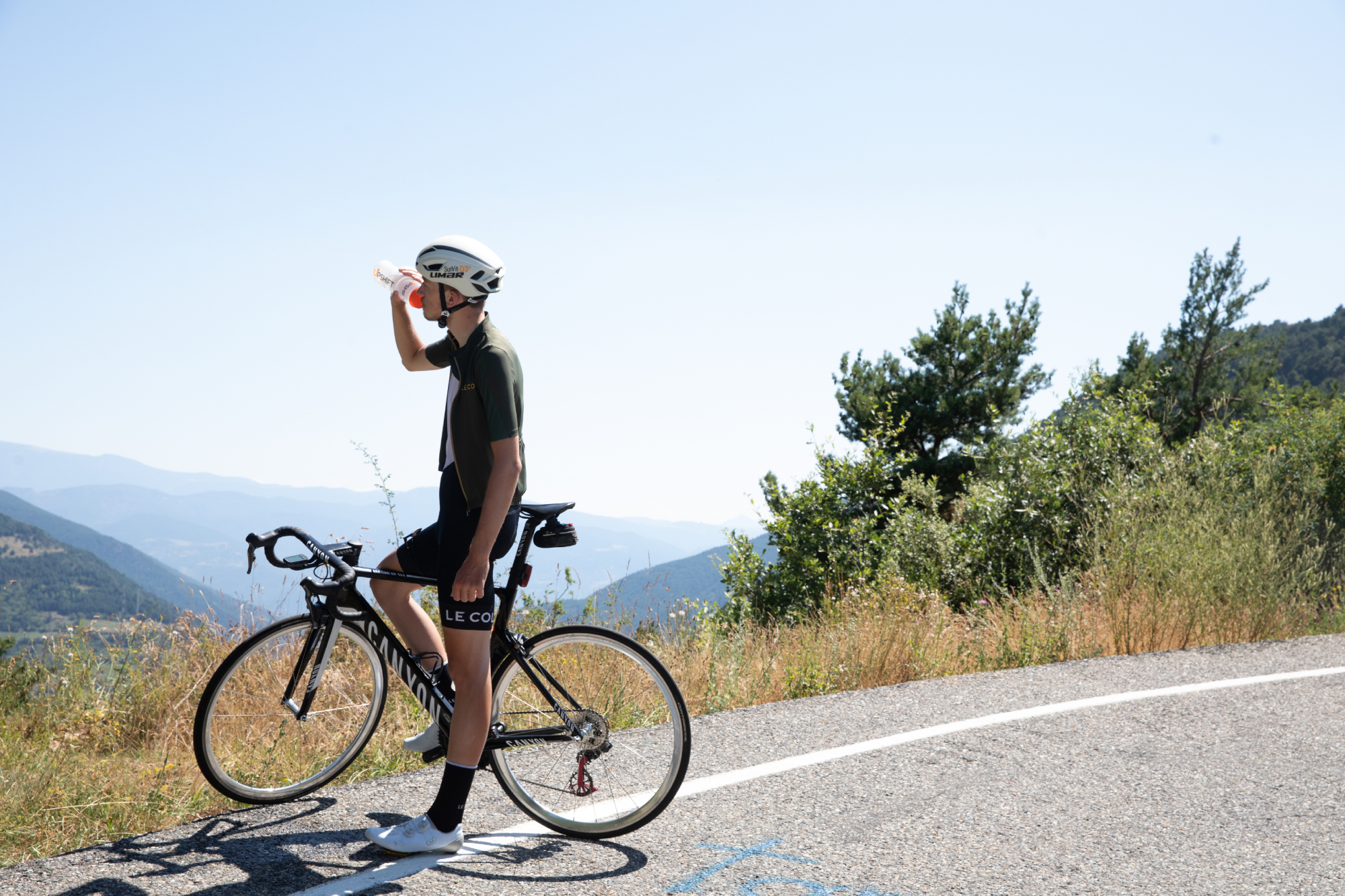
Don't forget to keep eating and drinking.
When you're working at less than around 70 to 80 per cent of maximum heart rate (the threshold varies between riders), your body can access fat as a fuel source, and the supply of calories from body fat is almost infinite, even in lean athletes. As soon as you go above that safe zone, you body needs glycogen in the form of carbohydrates to fuel the activity.
Humans can store around 1,800 to 2,000 calories of carbs. Once they're gone, if you try to exercise over the magic threshold, you'll bonk. On a climb, you'll most likely be in this zone and therefore you need to keep topping up with carbs. A large serving will sit heavy in your stomach, so eat little and often.
Hydration is equally important, especially if you've just arrived somewhere hotter and drier than the UK and US. Keep drinking, again little and often, and refill your bottles when you get the chance, even if that does mean more weight to carry up the mountain.
8. Bring enough layers
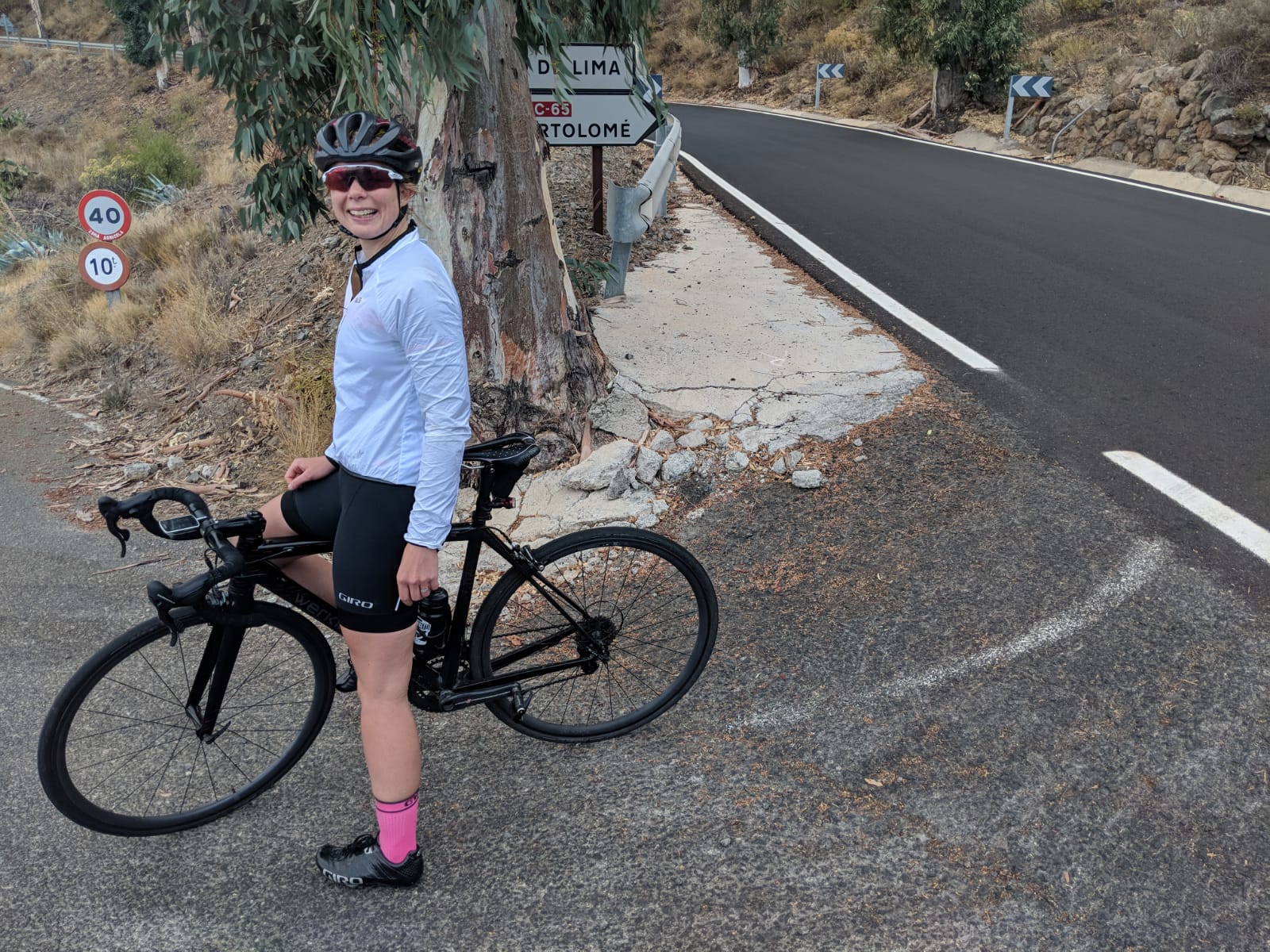
Whilst temperatures might be soaring at the bottom of the climb, by the time you get to the top you'll have added many metres to your elevation, and it often gets pretty cold. You may encounter snow at the top of a climb even in April or May and the weather in the mountains can change quickly too; one minute you may be in warm sun, the next in a sleet shower.
Take a gilet or packable jacket and arm warmers with you, so you can pop these on at the top ready for the rewarding descent. It's easy to lose concentration if you're cold and shivering.
9. Make time for recovery

Make sure to refuel properly after a hard day's riding
If you're riding for multiple consecutive days, make sure you rest up and recover well on your return from your ride.
Eat a good mix of carbohydrates, to replace your glycogen stores, and protein to aid muscle repair. Get your feet up, and think about booking a light sports massage around mid-way through your holiday/training camp.
10. Ace your descending

Practise your descents before you leave, too
Riding down a switchback laden descent is just as much an art as riding up it, only you'll be travelling at a much higher speed.
If possible, find some shorter descents to practise on before you leave, taking care to hit the apex of corners.
Far too many riders get carried away, taking the racing line, even if it means drifting over into the other side of the road on corners. This really isn't worth the risk and puts you and your friends in danger as well as oncoming traffic. Although many descents abroad have the benefit of much better sight lines than roads in the UK, it's not always the case.
Stay within your limits, enjoy the view and the recovery time!
Michelle Arthurs-Brennan the Editor of Cycling Weekly website. An NCTJ qualified traditional journalist by trade, Michelle began her career working for local newspapers. She's worked within the cycling industry since 2012, and joined the Cycling Weekly team in 2017, having previously been Editor at Total Women's Cycling. Prior to welcoming her first daughter in 2022, Michelle raced on the road, track, and in time trials, and still rides as much as she can - albeit a fair proportion indoors, for now.
Michelle is on maternity leave from April 2025 until spring 2026.
